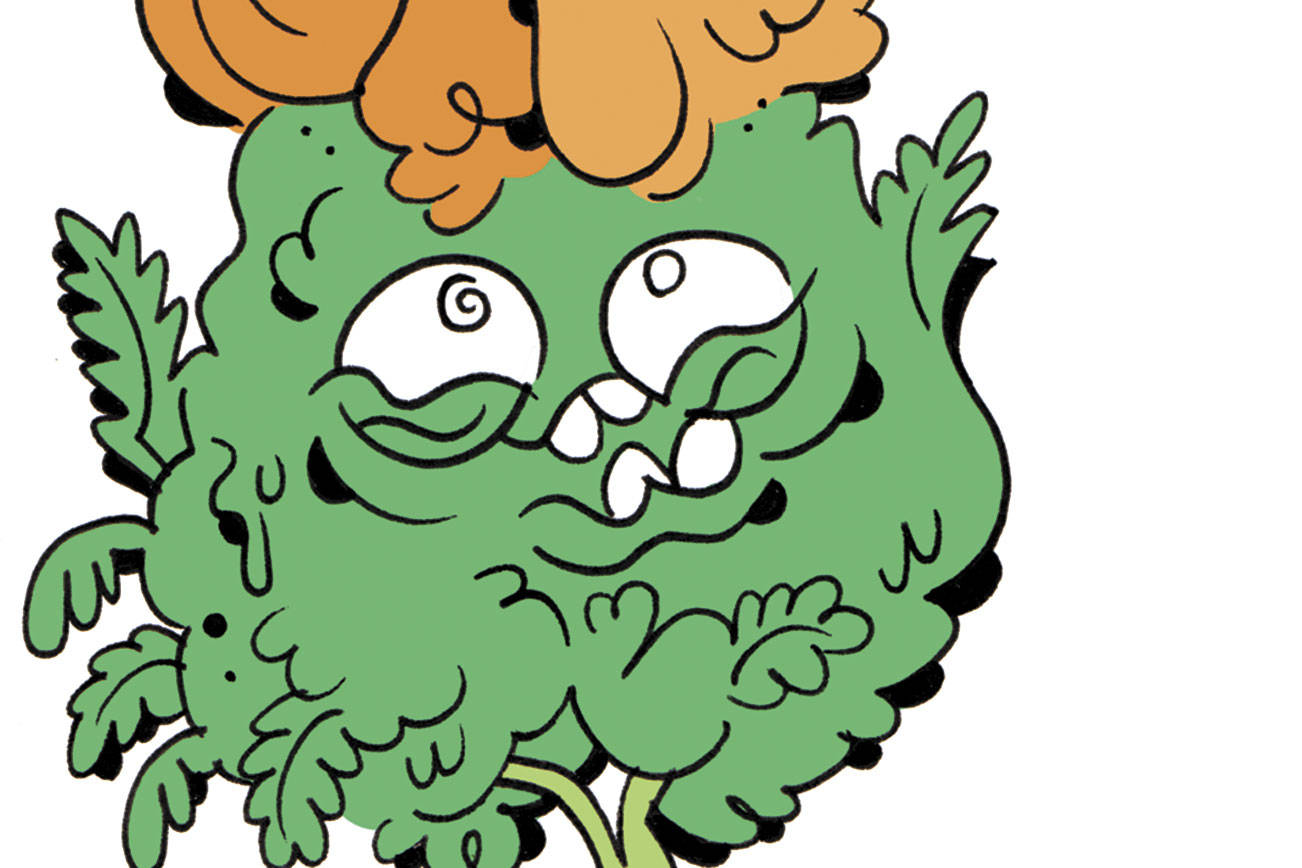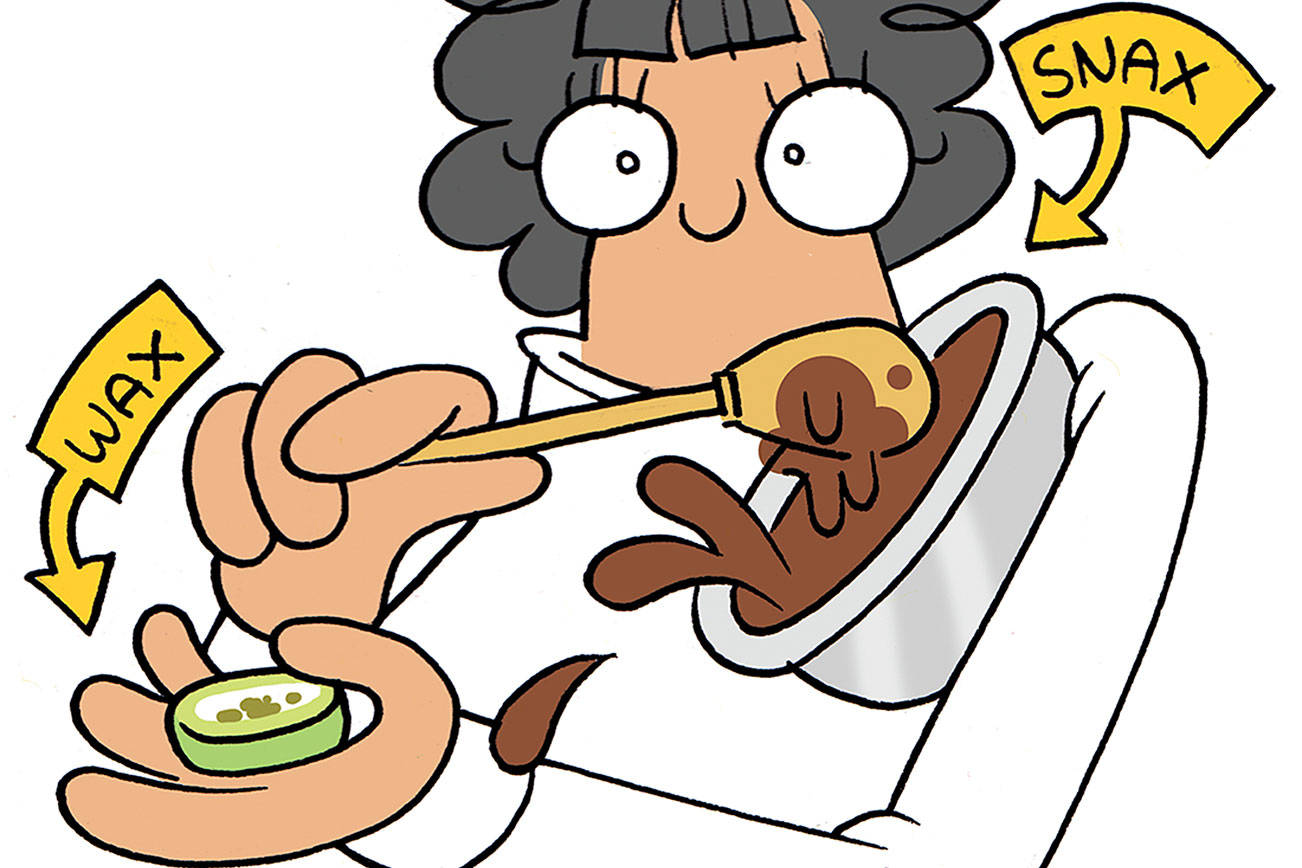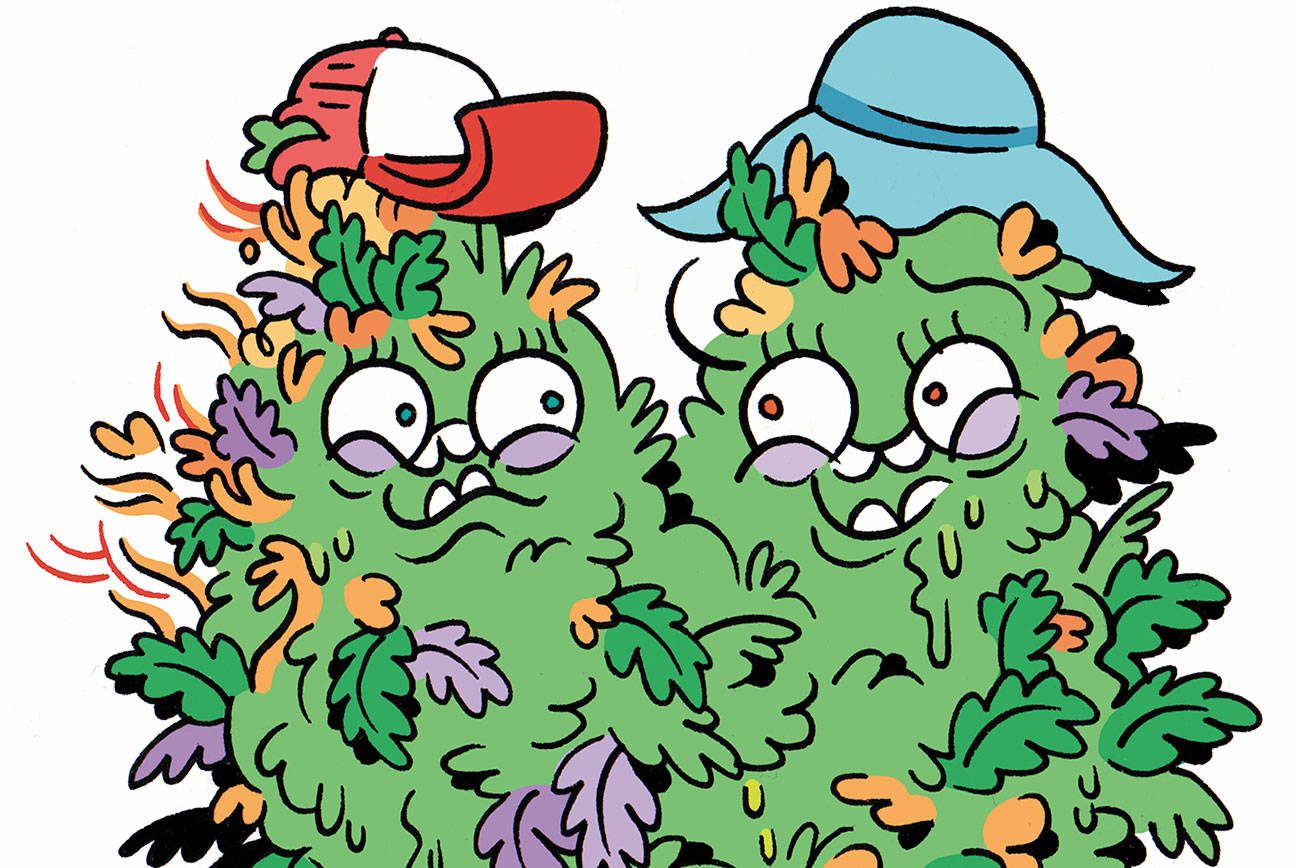Even though our rainy season has finally kicked in, we canna-sseurs may still be dealing with the fallout from this summer’s wildfires.
Honestly, I was happy to put the haze out of my mind, but then I read a great article in Cannabis Business Times on the potential effects of fires on grow operations in California, and I began to wonder about the health of the crops being harvested after the fire season here in Washington. CBT spoke to representatives from testing labs across the country, and the message was clear: States susceptible to fire seasons that also have legal weed grow-ops need to develop new tests to screen for potential toxin profiles that result from exposure to fire and smoke.
The most apparent effects might be seen in outdoor grows, with plants showing traces of ash, cinders, and mold, as well as giving off a “smoky” flavor or scent. But these are all pretty obvious and can be readily identified with a thorough visual examination and a few sniffs. However, some pollutants are much harder to detect, and would be found only if a lab explicitly looks for them. For example, if a grow-op was near a farm that used pesticides and that farm caught fire, plants from the grow-op could produce false positives for those pesticides. If fire retardants were used near a grow-op and got into the water supply, they could find their way into the plants.
As bad as it may seem for outdoor grow-ops, indoor facilities may have it worse. Hydroponic systems, ceiling tiles, drywall, and other construction materials can all absorb and hold on to airborne toxins. In some cases, just wiping down the walls and flushing hydration systems may be enough for a producer to get back to normal—but in others, entire facilities may have to undergo severe renovations before they are “clear.”
Jon Vaught, CEO of Front Range Biosciences, a Colorado-based agricultural biotech company, pointed out that it’s not only contaminants from the fires themselves that labs should be testing for, but other toxins produced from things like fire retardants and construction materials. “Are they testing for potential contaminants that might come in through the smoke,” Vaught wondered, “or do they recognize that they need to test for other contaminants, and that’s an additional contaminant that they wouldn’t normally check for?”
I had the chance to ask representatives from cannabis testing labs here in Washington if they had seen any trends or changes in the weed coming in from this latest harvest, post-fires. For the most part, many labs in this state are focused on testing cannabis for strain type and potency, so it had not even crossed their minds that toxins might need to be screened for. Washington state has a list of specific pesticides it wants cannabis tested for, but if there are toxins and contaminants in your marijuana that are not on the list, at this time state labs might not test for them.
“What I would recommend, across the industry, is a more open dialogue about these important issues not only for the industry, but for the consumers and the safety of consumers,” Vaught told CBT. “It’s so very critical, whether we’re talking about pesticides, or combustion by-products that are toxic from forest fires, or potential food additives that may or may not be approved for human consumption—all of these different issues affect the whole industry.”
stashbox@steattleweekly.com







